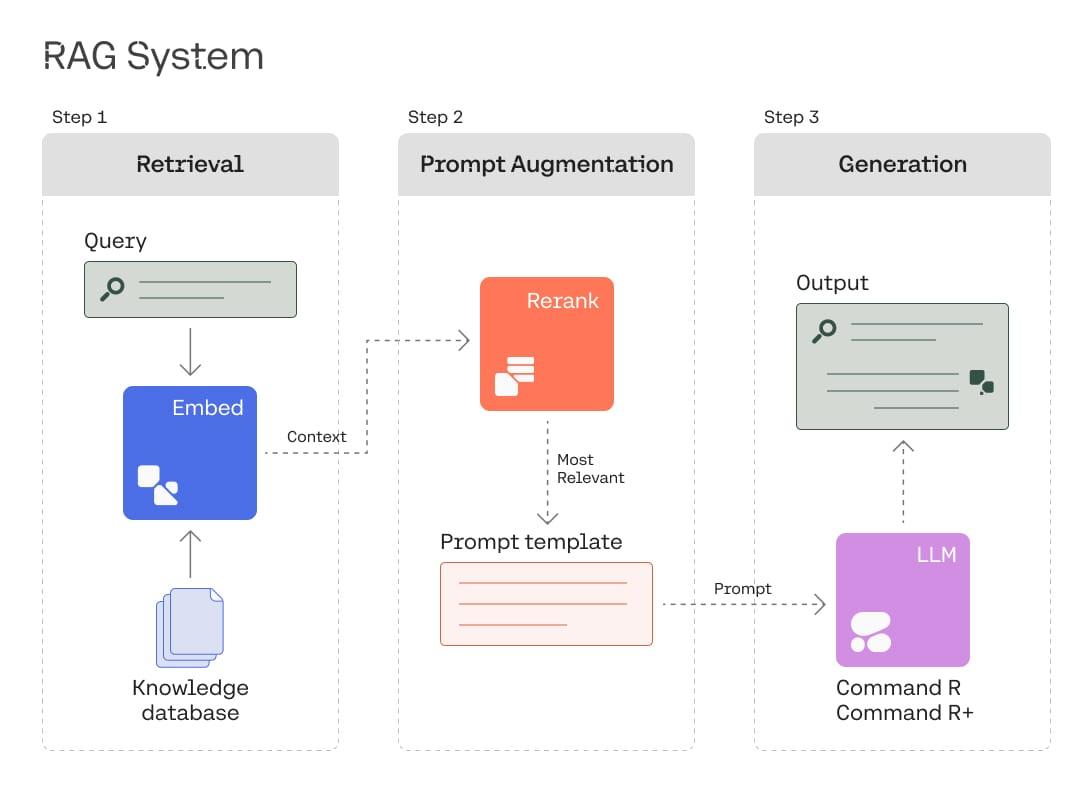The emergence of the Internet triggered a widespread disruption of businesses, transforming how we earn and spend money, communicate with each other, and live our lives. After analyzing the lessons learned from the Internet’s era of disruption, here are three thoughts on how AI is reshaping disruption today:
1) Tim Berners-Lee and Robert Cailliau insisted that the Wide World Web, arguably the most popular application on the Internet, be a license-free technology. The World Wide Web became free to anyone who could make use of it. Many of the entrepreneurs and scientists who did created disruptive businesses including Jeffrey P. Bezos (Amazon.com), Jerry Yang (Yahoo), Pierre Omidyar (eBay), and Marc Andreessen (Netscape).
Disruption is possible when new markets or ways of doing business are created, or existing markets are completely revolutionized.
Akin to the Internet, academic breakthroughs in AI (neural networks, transformers, diffusion models, etc.) were released to the public rather than being patented and monetized directly. Powerful new businesses built on this technology, including large language model providers and compelling LLM applications, will drive disruption across industries.
2) Many of the first Internet businesses built in the 1990s did not last forever – about half of the top 20 Internet platforms from 1998 do not exist today. Meanwhile, some of what are now the world’s largest companies emerged during this period.
The businesses thriving today were not always the first movers. Instead, these businesses protected their core value proposition as new technological breakthroughs and platform shifts occurred. It took a few decades to play out, but one of the most critical moats that emerged in the Internet era was network effects. Some major Internet companies were not founded until the mid-2000s (e.g. Facebook), when network effects were better understood.
In addition to technical moats in AI, we are still learning about emerging AI business moats. We see that data moats are going to be a critical aspect of defensibility for AI businesses going forward. Others believe developing vibrant open source communities with large volumes of usage will emerge as the crucial moat in AI. As time goes on, we expect that even more unexplored moats unique to AI will emerge.
3) When it comes to disruptive technologies, timing is important. Some of the largest dot com busts from the early 2000s saw others take the same ideas to success in later years. For example, Webvan and Kozmo offered instant delivery, similar to Amazon Fresh, Instacart, and other on-demand services today. TheGlobe.com, a social networking service, was started by two Cornell students in 1998. And before Bitcoin, was a digital currency called Flooz.
Sometimes, an excellent idea lacks the enabling technologies. There will inevitably be a few critical enabling technologies that facilitate the growth and adoption of AI businesses, many of which are not yet ready and will hold up customer adoption.
As AI innovation accelerates, revisiting the theory of disruption – originally proposed by Clayton Christensen in the mid-1990s is helpful. In the age of AI, it is not enough to simply focus on disrupting existing markets; rather, companies need to constantly adapt to new technologies and capabilities to remain competitive. We should not view disruption as a one-time event.
AI News This Week
-
Investors continue to back logistics tech (The Wall Street Journal)
Three years ago, Radical Ventures invested in Covariant, an Emeryville, California-based startup that enables robots to see, reason and act autonomously in the real world with AI. Covariant helps factories address labour shortages and mitigate future supply-chain disruptions. Covariant’s technology can perform high-value tasks including receiving instructions and picking the correct items out of a bin and moving them along to be prepared for shipping. Radical’s Managing Partner and Co-Founder Jordan Jacobs notes in the article, “developing an AI system that can operate the robotic arm accurately and can identify things from a pile of jumbled, upside-down, sideways-leaning [goods] and get it right – [is] really, really hard.”
-
Generative AI at Work (NBER)
A recent study conducted by MIT and Stanford researchers found that customer support agents at a Fortune 500 firm saw a 14% increase in productivity when they were given access to an AI conversational assistant. The chatbot monitored customer chats and offered suggestions for agents to respond, resulting in agents resolving 13.8% more issues per hour. The least skilled and experienced workers benefited the most, finishing their work 35% faster with the AI chatbot. The study suggests that AI chatbots could be more helpful for lower-skilled workers than top performers, as it can disseminate the potentially tacit knowledge of more able workers and help new workers move up the experience curve. The global market for call center AI is projected to rise from US$800 million in 2019 to $2.8 billion by 2024, with North America leading the way among regions.
-
CFOs Carefully Consider How to Bring Generative AI Into the Finance Function (The Wall Street Journal)
Martin Kon, president and chief operating officer at AI firm and Radical Ventures portfolio company Cohere (and former CFO at YouTube), expects that consumers will continue to use public tools like ChatGPT, while enterprises will deploy more differentiated and private, generative-AI applications. In the article, Martin states: “You’re going to see two very different types of applications. The mass market, general productivity [application], which is going to be extremely well done by the hyperscalers of the day. Then you’re going to have the very enterprise-specific, strategic, differentiated, proprietary capabilities that will need to be developed inside, for and with the enterprise for their strategic capabilities.”
-
How AI-driven labs will fast-track the future of everything (The Globe and Mail)
This week, the University of Toronto’s Acceleration Consortium received CAD $200 Million, the largest federal research grant ever awarded to a Canadian university to support work on “self-driving labs” that combine AI, robotics and advanced computing to discover new materials and molecules. The group is led by Radical Ventures Scientific Advisor and University of Toronto Professor Alán Aspuru-Guzik.
-
Research Spotlight: DuETT: Dual Event Time Transformer for Electronic Health Records (Layer 6 AI/University of Toronto)
Layer 6 AI, a company founded by the founders of Radical Ventures and sold to TD Bank Group, introduced The DuETT (Dual Event Time Transformer) architecture. The DuETT architecture effectively models the time series aspect of information such as electronic health records (EHRs). The model uses self-supervised learning tasks and outperforms other models on a variety of tasks. The researchers believe DuETT could be used for other multivariate time series modeling problems beyond healthcare, and that the advancement of self-supervised Transformer-based models could lead to significant improvements in future healthcare modeling.
Radical Reads is edited by Ebin Tomy.





